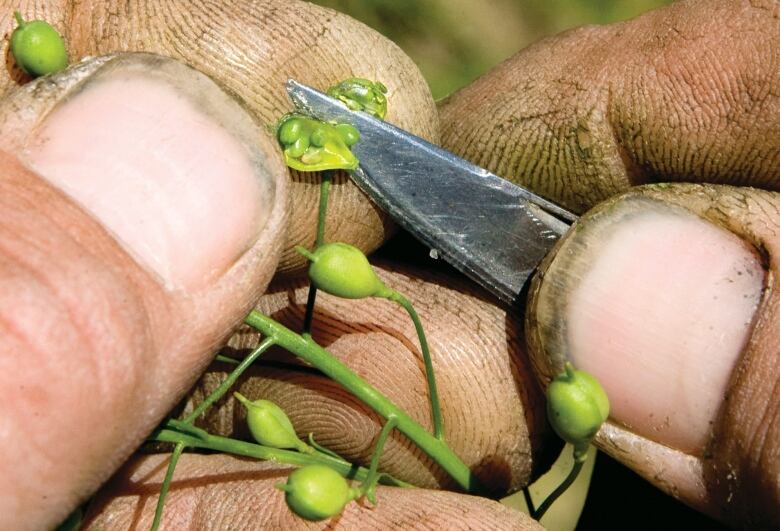Biofuel mixture could cut jet particle emissions by more than half, study suggests
Cleaner fuels offer environmental benefits, but so far remain costly

A blend of conventional jet fuel withbiofuelhas been found to significantly reduceparticle emissions from airliners, say an international group of researchers.
While today's planes are about 70 per cent more fuel efficient compared with those from the 1960s, they are still responsible for about two per cent of human-generated CO2, a main driver of climate change. In 2015, that amounted to 781 million tonnes.
Aware of the effectjet travel has on climate change, the airline industry has been seekinggreeneralternative fuels to further reduce emissions.
- Airlines betting on biofuels to fill growing energy need
- U.S. government moves to regulate climate-warming airliner pollution
In the new study, scientists conducted test flights in 2013 and 2014 using a 50-50 combination ofbiofueland conventional fuel on a NASA DC-8. Analysis revealed thatparticle emissions from the plane were reduced by anywhere from 50 to 70 per cent using the mixed fuel.
Biofuels can bemade fromnatural sourcessuch as algae and plants like camelina or jatropha, which can be grown almost anywhere and do not have to compete for agriculturalland or displace food crops.
100% biofuel the goal
Canada's National Research Council has been studying the application of biofuels for some time. In 2012, researchers testeda plane using 100 per cent biofuel something that the industry is aiming for, pending government approvals.
Anthony Brown, who works at the flight research laboratory with the NRC and who participated in both studies,said that Canada has been researching biofuels "from the word go."

"It's a big deal," Brown said of the new findings. While research into cleaner fuel continues, Brown saidthat the airline industry is slower than the automobile industry, for example, in terms of research.
"Incrementally, researching the use of biofuel in jet transport aircraftis a piece-by-piece, step-by-step process."
Benefits and challenges
An advantage forairlines is that they don't have to worry about costly modifications to their planes:biofuel operates in the system the same way as conventional fuel.
As well, the plants used in biofuels are a sustainable resource and absorb CO2 as they grow, which is then released back into the atmosphere when the fuel burns.
Then there's the benefits to airlines.
Fuel costs are the single greatest expense for airlines and fluctuating oil prices create problems, said Rich Moore, lead author of the report. If airlines could rely on a sustainable and economic resource like biofuel, it could eventually help save them money.
"But they're also looking at it for the environmental impacts," Moore said. "And that will become more important in the future as society and governments look at policies and regulations targeting aviation environmental emissions."

The researchers believe thatbiofuelcould be adopted widely by airlines within the next 10 years. But there are some challenges that need to be overcome first.
The main one is cost. Moore said that at the momentbiofuelcosts about $18 US a gallon. That's a steep premium over the current cost of about $4 US a gallon for conventional fuel.
"Right now the major downside is cost, and that is mainly [because] the fuel supply isn't there yet;it's notmature," Moore said.
"But the expectation is as wemove forward and as industry and companies in the private sector comeup with innovative ways to produce thesebiofuelsin a sustainable way, the cost will come down dramatically."
Risk for developing countries
Whilearable land may not be sacrificed for biofuels in Western countries, it could be different fordeveloping countries, saidSeth Dworkin, associate professor at Ryerson University's department of mechanical and industrial engineering, who was not involved with the study.
"If a plane takes off in Toronto and lands in Nairobi, it has to be fuelled with essentially the same fuel," he said. He's concerned that, in developing countries, arable land might be sacrificedto grow crops for biofuel in place of food.
"It's still a potential disadvantage that needs to be considered very carefully."












_(720p).jpg)


 OFFICIAL HD MUSIC VIDEO.jpg)
.jpg)



























































































